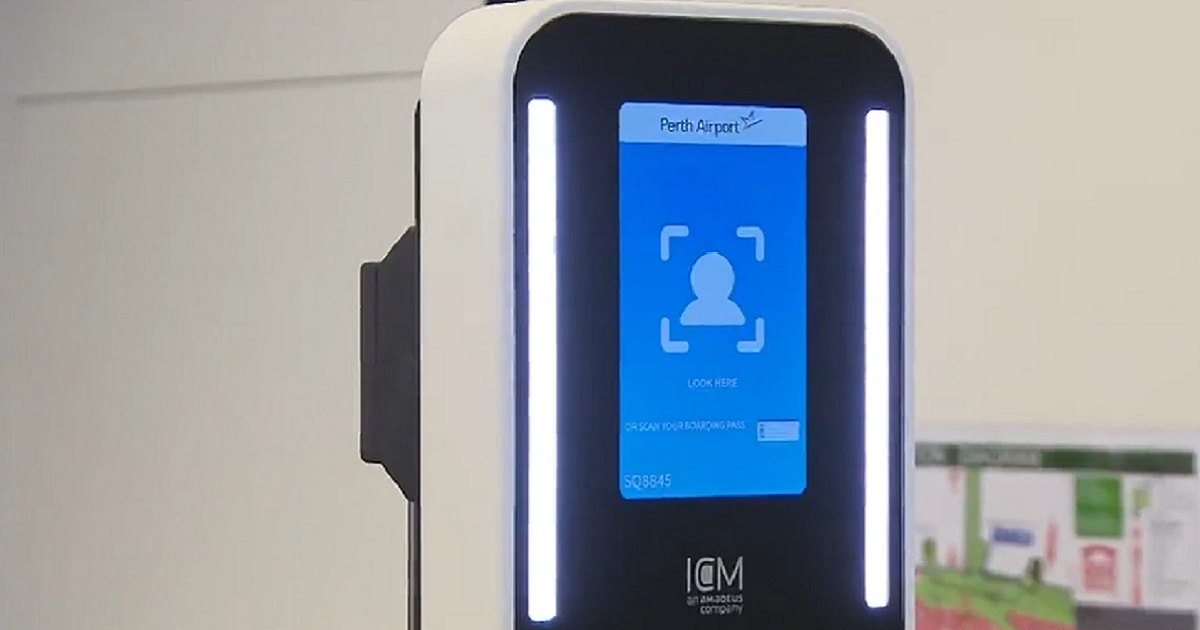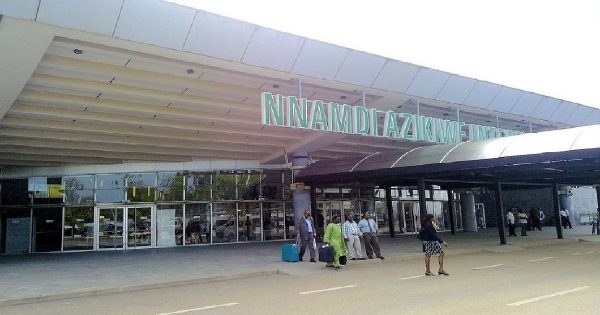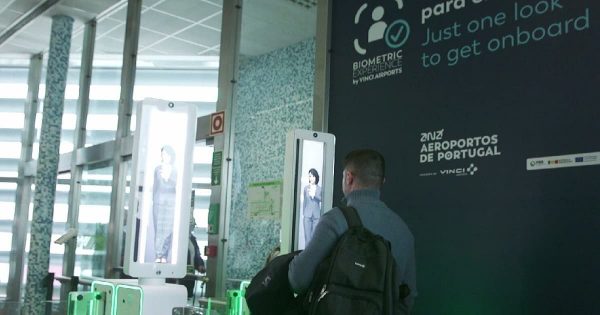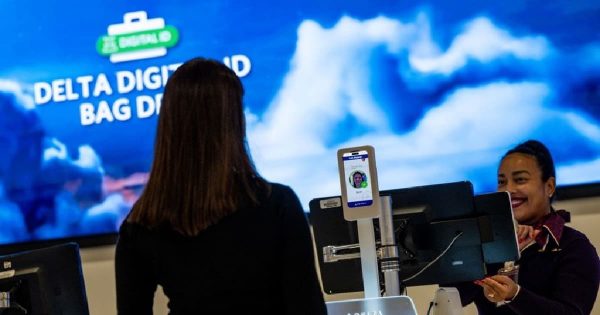Perth Airport is trialling biometric self-service at check-in kiosks, bag drop and boarding.
The Australian airport has started a biometrics trial where passengers effectively use their face as a boarding pass. It means passengers don’t need to show a physical boarding pass or passport at both the self bag drop and boarding gate.
The trial is taking place for some flights of Singapore Airlines and is voluntary.
The system works by creating a ‘biometric token’ at the self-service check-in kiosk. The biometric token contains facial biometrics, passport details and booking details.
The biometric token means the identity is verified and authenticated by matching their passport and biometrics just once throughout the airport.
At all other touchpoints cameras picture the passenger and compare those details with the biometric token.
The trial is part of Perth Airport’s move towards greater use of biometrics at all passenger touchpoints at the airport from check-in to boarding.
How it works
- The passenger checks-in at a biometric kiosk and a high definition camera takes a picture of the passenger. The kiosk also takes the passenger passport details and creates a “biometric token” which contains their facial biometrics, passport details and booking details.
- The biometric token means the passenger only have to show their passport once for verification.
- If the passenger has a bag they take it to a self bag drop.
- At the self bag drop, a camera takes another picture and the system checks the passenger face against the token. This means they do not need a boarding pass to start the bag drop process.
- At the boarding gate, another biometric camera pictures the passenger.
- The system identifies them using their biometric token and also checks against the airline’s Departure Control System (DCS).
- On successful validation, the boarding gate opens, the passenger is marked as ‘boarded’ in the airline’s DCS and the passenger can proceed to board the aircraft.
Sydney and Brisbane actually did similar trials of facial recognition to replace passports several years ago.
Data protection
Perth Airport says the biometric token is protected and stored on a secure server for a very limited period and deleted after the passenger boards the flight or 24 hours after creation of the token.
It doesn’t say who has access to the passenger biometric information.
Self-service kiosks and self bag drop at Perth
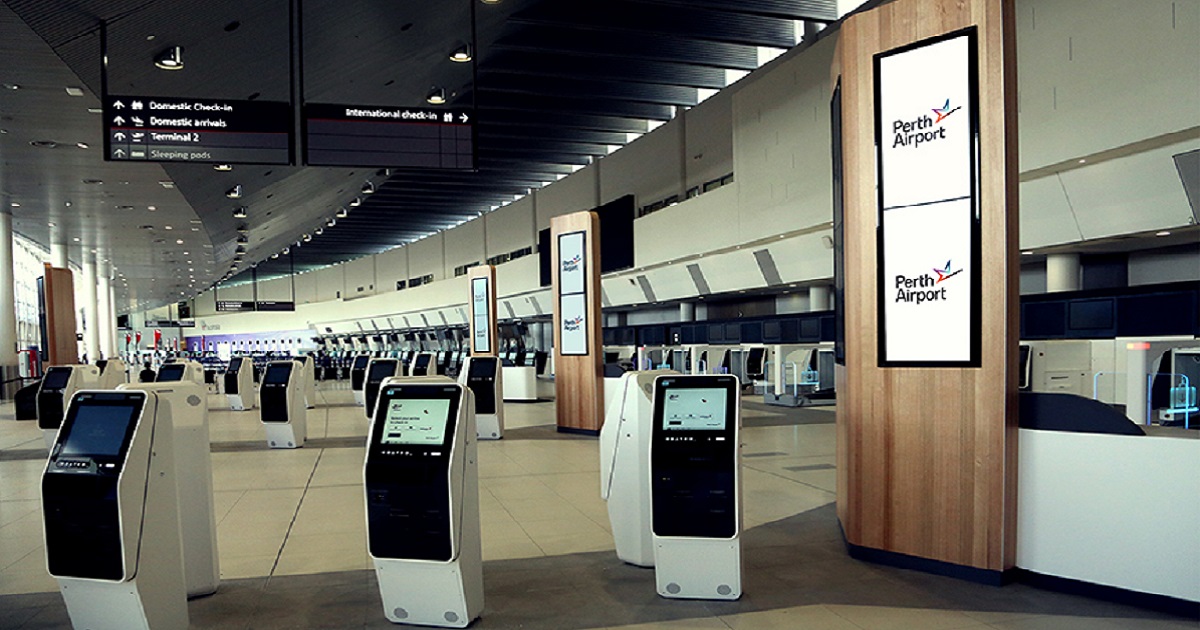
They enable passengers to check-in and use bag drop themselves with airline staff available to help if required.
All these kiosks have the capability of biometric processing.
Currently, Air New Zealand and Singapore Airlines, are using the new self-service kiosks and bag drop units, with Cathay Pacific, Emirates and Malaysia Airlines to transition shortly.
The future for biometrics at airports
Self-service check-in, self bag drop and boarding are merely the start for the biometric token.
Airlines, airports, governments and private companies will use it extensively in the near future at all touchpoints including departure, transfers and arrivals, and if possible the return trip.
Specific touchpoints include:
- check-in
- bag drop
- secure area access
- security screening
- outbound border control
- lounge access
- boarding
- inbound border control
IATA OneID is an industry program and has a lot of information about the future plans for biometric tokens.
N.B. Image credit: ICM Airport Technics
